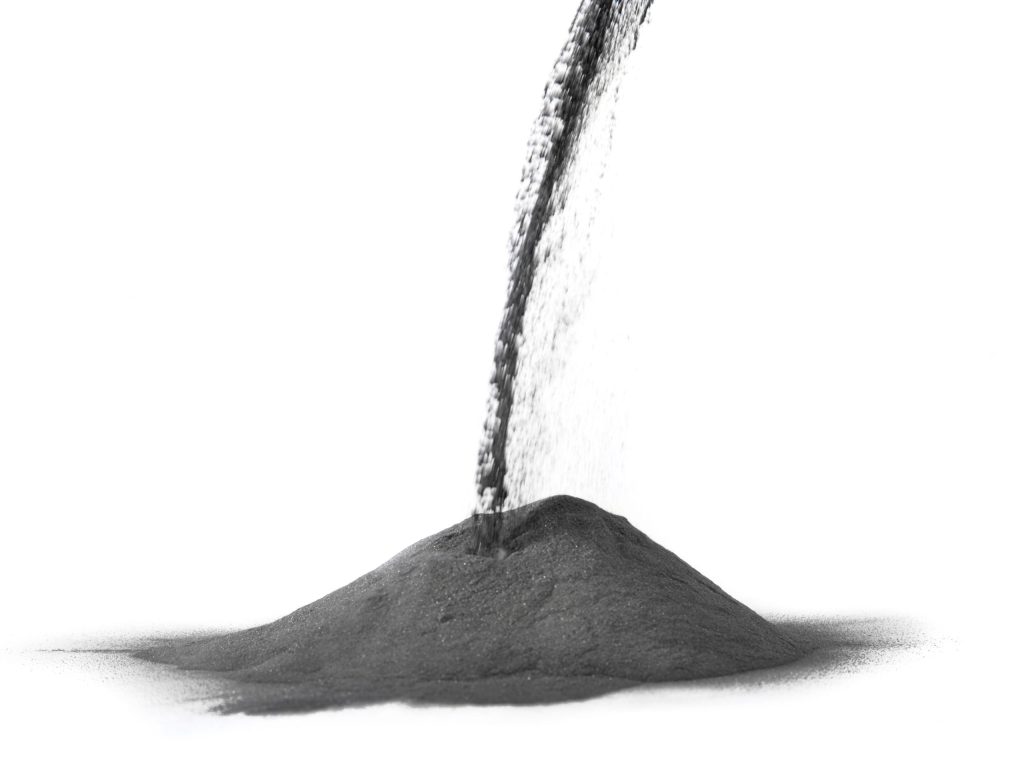The key to efficient powder modification

Powder surface modification, also known as surface modification, surface treatment, etc., refers to the use of certain methods (physical, chemical or mechanical, etc.) to treat, modify and process the surface of particles, and purposefully change the physical and chemical properties of the powder surface to meet the requirements of powder processing and application. Therefore, understanding the physical and chemical properties of powders is crucial to effectively change these properties of the powder surface to achieve efficient powder modification.
Specific surface area
The specific surface area of powder materials is related to their particle size, particle size distribution and porosity. For powder materials, the specific surface area is related to the particle size. The finer the particle, the larger the specific surface area; it is related to the roughness of the particle surface. The rougher the surface, the larger the specific surface area; it is greatly related to the pores on the particle surface. The specific surface area of porous powder increases sharply. The specific surface area of powder materials with developed micropores can be as high as several thousand square meters per gram.
Specific surface area is one of the most important surface properties of powder materials and one of the main bases for determining the amount of surface modifier. The amount of surface modifier is related to the specific surface area of the powder. The larger the specific surface area, the more surface modifier is required to achieve the same coverage rate.
Surface energy
The surface energy of the powder is related to its structure, the bond type and bonding force between atoms, the number of surface atoms and the surface functional groups. After the material is crushed, a new surface is generated, and part of the mechanical energy is converted into the surface energy of the new surface. Generally speaking, the higher the surface energy of the powder, the more it tends to agglomerate, and the stronger the water absorption and adhesion.
Surface wettability
The wettability or hydrophobicity of the surface of inorganic powder is one of the important surface properties of fillers for polymer-based composite materials such as plastics, rubbers, adhesives, and fillers or pigments for oily coatings.
Surface adsorption characteristics
When molecules (or atoms) in the gas phase or liquid phase collide with the surface of the powder, the interaction between them causes some molecules (atoms, ions) to remain on the surface of the powder, causing the concentration of these molecules (or atoms, ions) on the surface of the powder to be greater than that in the gas phase or liquid phase. This phenomenon is called adsorption. Powders are usually called adsorbents, and the adsorbed substances are called adsorbates. The larger the specific surface area of the powder, the more significant the adsorption phenomenon.
Surface electrical properties
The electrical properties of the powder surface are determined by the charged ions on the powder surface, such as H+, 0H-, etc. The electrical properties of powder materials in solution are also related to the pH value of the solution and the type of ions in the solution. The charge and size of the powder surface affect the electrostatic forces between particles, between particles and surfactant molecules and other chemical substances, thus affecting the cohesion and dispersion characteristics between particles and the adsorption of surface modifiers on the particle surface.
Surface chemical properties
The chemical properties of the powder surface are related to the crystal structure, chemical composition, surface adsorbents, etc. of the powder material. It determines the adsorption and chemical reaction activity of the powder under certain conditions, as well as the surface electrical properties and wettability, etc. Therefore, it has an important influence on its application performance and the interaction with the surface modifier molecules. The chemical properties of the powder surface in the solution are also related to the pH value of the solution.
